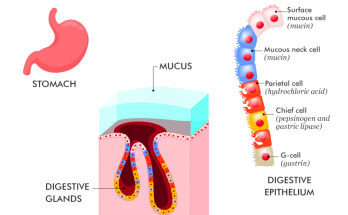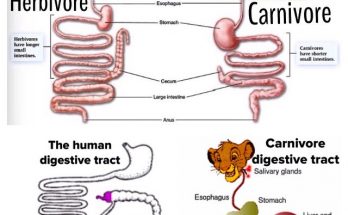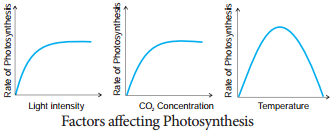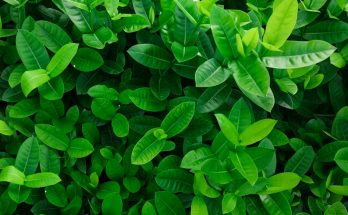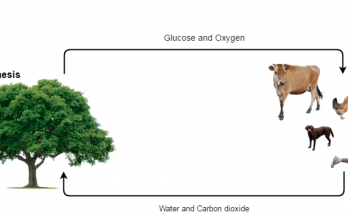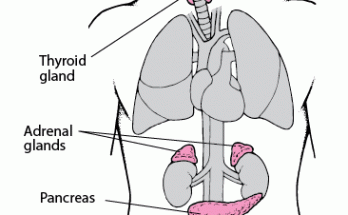
What is the Significance of Emulsification of Fats
Emulsification of fats is a significant process in our body, in which large fat globules are broken down into small, evenly distributed fat particles by the action of the bile salts present in bile juice. This process increases the efficiency of fat-digesting enzymes, aids in the digestion and absorption of fats, and provides a larger surface area for enzymes to act upon. Overall, the significance of emulsification is crucial for proper fat digestion and absorption in the body.
What is the Significance of Emulsification of Fats Read More